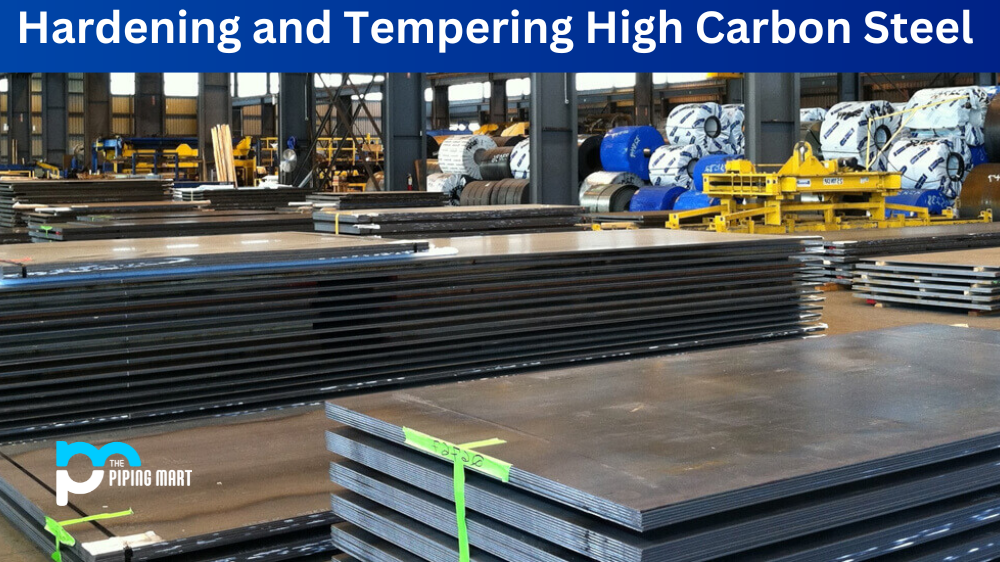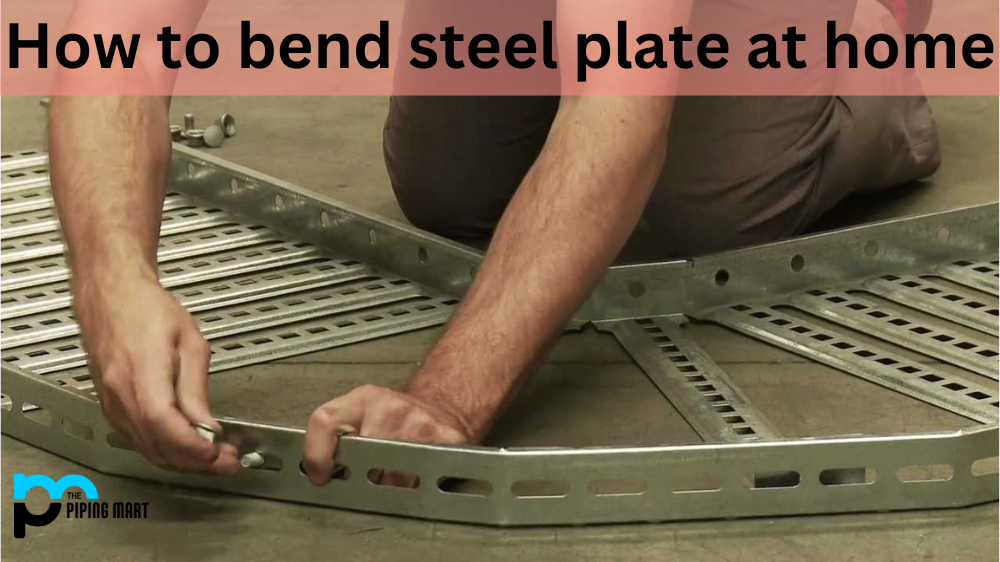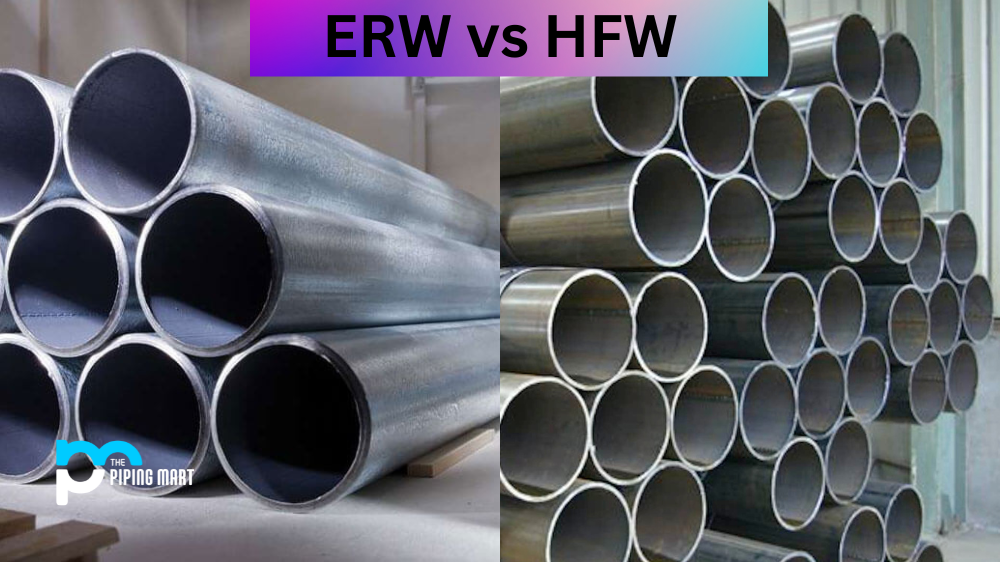Steel fiber reinforced concrete (SFRC) is a type of building material that has gained popularity due to its many advantages. SFRC is made by adding steel fibers to traditional concrete, resulting in a stronger and more durable product than regular concrete. While it does have some drawbacks, the potential benefits of using steel fiber-reinforced concrete make it an attractive option for many construction projects.
Advantages of Steel Fiber Reinforced Concrete
The primary advantage of SFRC is its strength and durability. It has a higher tensile strength than regular concrete, meaning it can better withstand pressure from loads such as heavy machinery or vehicles driving over it. The steel fibers also help reduce cracking, which can occur when traditional concrete is exposed to extreme temperatures or other environmental conditions. Additionally, the steel fibers add flexibility to the material, making it less likely to crack under stress.
Another benefit of SFRC is its cost-effectiveness. It requires fewer materials and labor hours because it doesn’t need additional reinforcement like rebar or mesh, so the overall cost savings can be significant depending on the size and scope of the project. This type of concrete can be used in various applications, including foundations, walls, floors, driveways, and more—making it a versatile option for any construction job.
Increased Strength
One of the primary advantages of steel fiber-reinforced concrete is that it is much stronger than traditional concrete. This is because the steel fibers help to reinforce the concrete, making it less likely to crack or break under pressure.
Increased Durability
Another advantage of steel fiber reinforced concrete is that it is much more durable than traditional concrete. This means that it will be able to withstand a greater amount of wear and tear and will not require as much maintenance over time.
Reduced Cracking
Steel fiber reinforced concrete is also less likely to crack than traditional concrete. This is because the steel fibers help to distribute any loads evenly, which prevents cracking from occurring.
Improved Aesthetics
Another advantage of steel fiber-reinforced concrete is that it can provide improved aesthetics. This type of concrete can be used to create a variety of different designs and patterns, which can add a unique look to any home or business.
Increased Flexibility
Another advantage of steel fiber reinforced concrete is that it is much more flexible than traditional concrete. This means that it can be used in various applications, such as floors, walls, and roofs.
Reduced Cost
Finally, steel fiber reinforced concrete is often less expensive than traditional concrete. This is because it requires less material and labor to produce
Disadvantages of Steel Fiber Reinforced Concrete
Although there are many advantages to using SFRC, there are some potential drawbacks as well. One issue is that SFRC can be difficult to work with since the steel fibers make it harder to move around compared to traditional concrete mixtures. This can lead to increased labor costs since extra care needs to be taken when mixing and pouring the material into forms or molds. Additionally, if not properly installed or maintained, this type of concrete may corrode over time due to its exposure to moisture or chemicals like oil and gasoline—which could lead to costly repairs down the road.
- Steel fiber reinforced concrete (SFRC) is a type of concrete that contains steel fibers.
- SFRC is typically used in applications where high strength and/or durability are required, such as in bridges, buildings, and industrial floors.
- While SFRC has many advantages, there are also several disadvantages to using this type of concrete.
- One of the main disadvantages of SFRC is that it is more expensive than traditional concrete. This is because the steel fibers used to reinforce the concrete are quite expensive. Additionally, SFRC requires more labor than traditional concrete, as the steel fibers must be carefully mixed into the concrete.
- SFRC also has a lower compressive strength than traditional concrete. This means it is not as well suited for applications with high compression levels, such as in load-bearing walls or columns.
- Finally, SFRC is susceptible to corrosion from chloride ions, which can cause the steel fibers to rust and degrade over time.
Conclusion:
Steel fiber reinforced concrete offers numerous advantages, making it an attractive option for many construction projects. Its strength and durability make it ideal for areas that need extra support, while its cost-effectiveness reduces overall expenses associated with larger projects. However, there are some potential drawbacks as well, including difficulty working with the material and possible corrosion over time due to improper installation or maintenance practices—so careful consideration should be given before deciding whether this type of building material is right for your project needs. All in all, steel fiber reinforced concrete has many qualities that make it a great choice for anyone looking for an effective yet cost-efficient way to build strong structures that will last for years to come!

Pipingmart is a B2B portal that specializes in metal, industrial and piping items. Additionally, we share the latest information and information about materials, products and various types of grades to assist businesses that are involved in this business.




